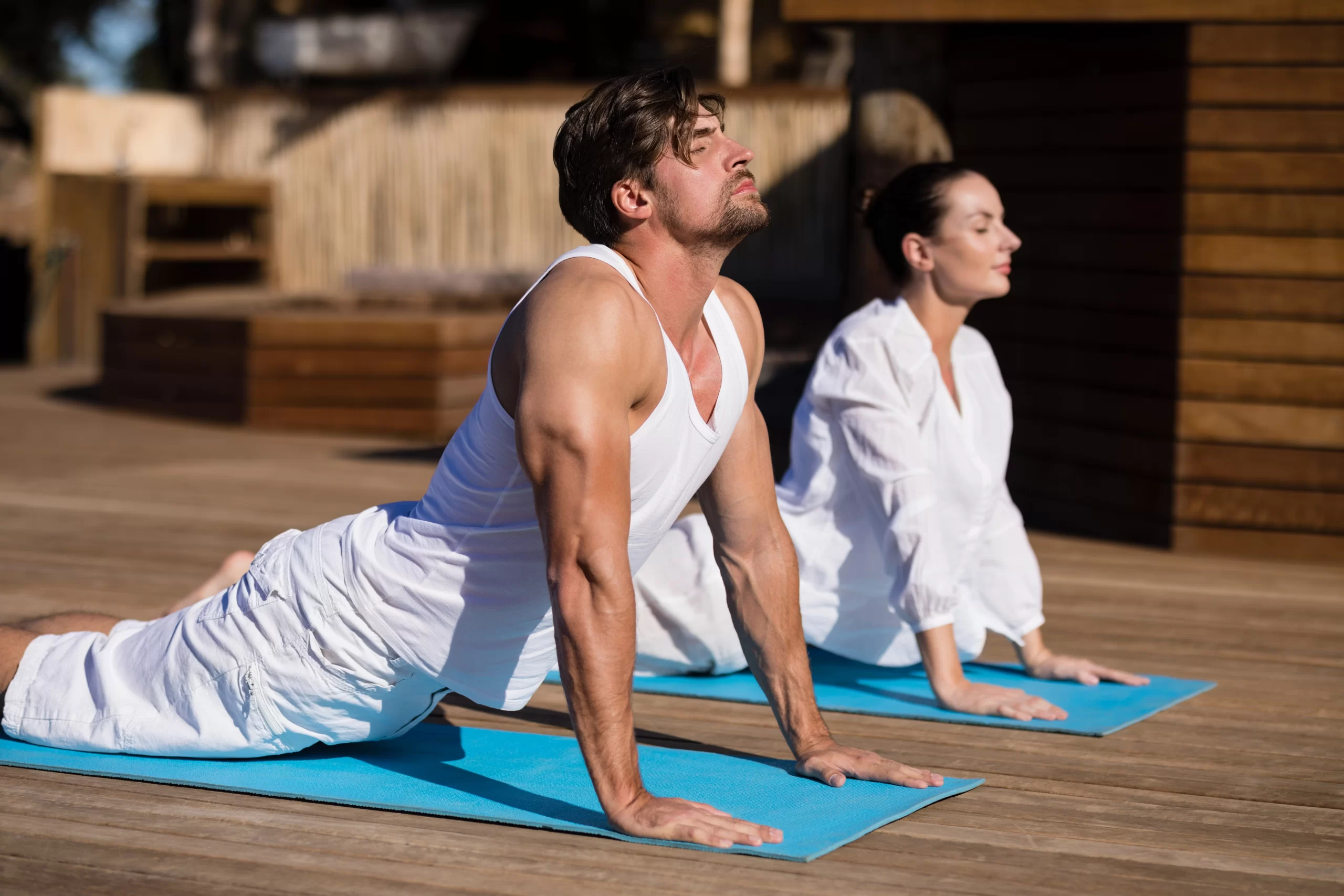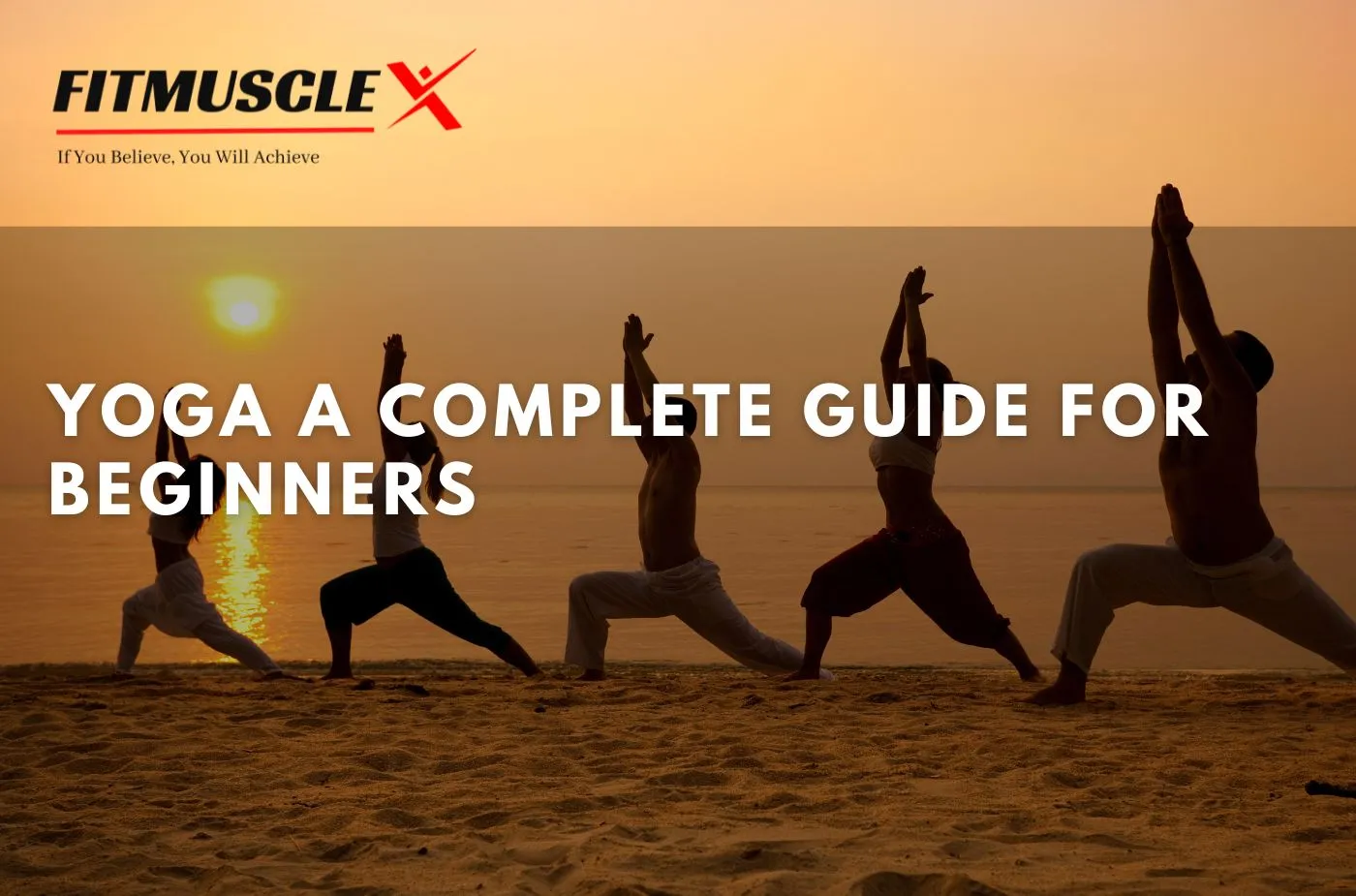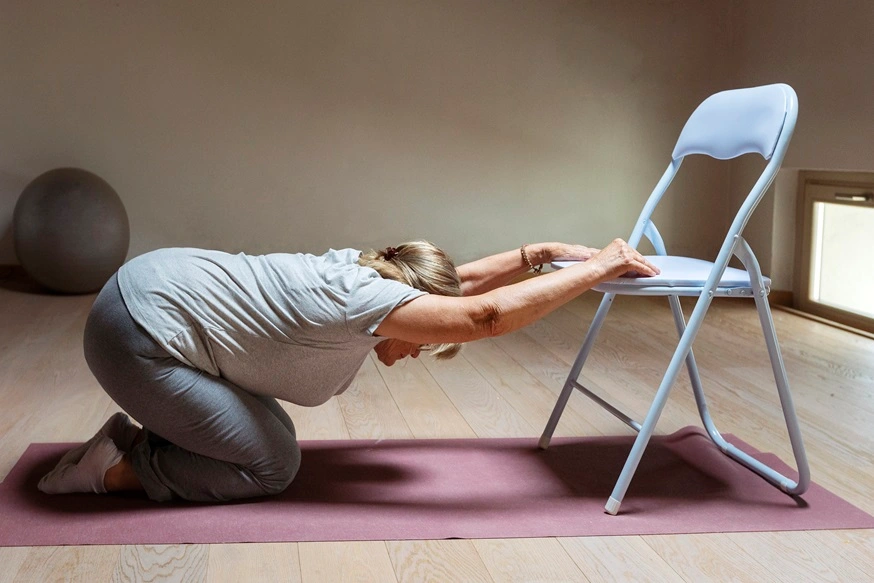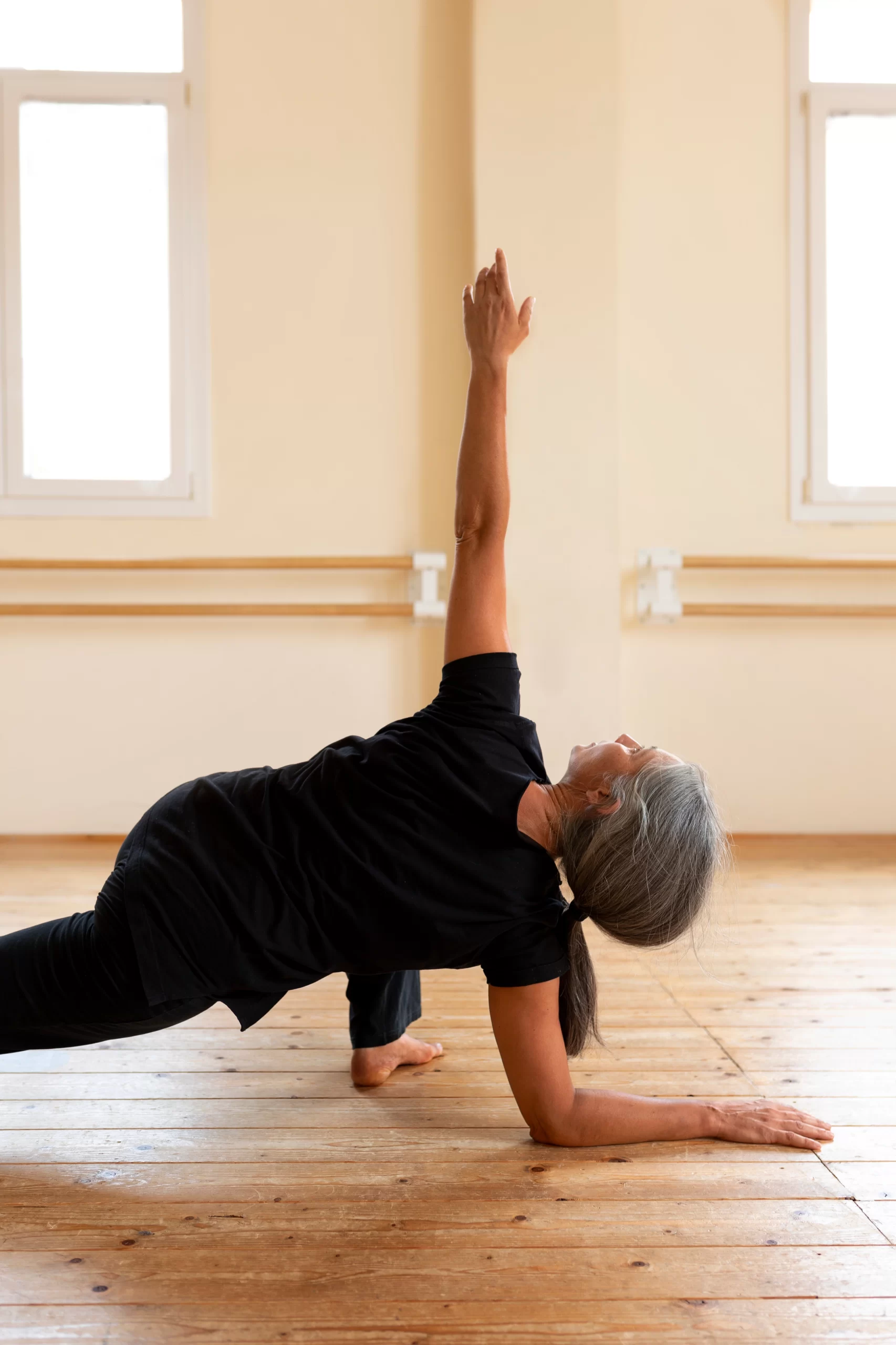It is always difficult to get peace and togetherness in this busy world. The ability to combine efforts to achieve the goals of a position and coordination of breaths in partner yoga practice makes this technique an interesting option for strengthening relationships. Irrespective if you would like to enhance your romantic connection with your loved one, build up the friendship with your friend, or find a new way of exercise, the partner yoga is very useful. In this blog, basic information regarding partner yoga shall be discussed including how to begin, appropriate poses, and their uses.
Some Recommendations for Partner Yoga for Beginners
- Choose the Right Partner: It doesn’t mean it has to be your significant other – it could be a friend, a family member, or even a coworker. However, it is necessary to choose a partner with whom one feels relaxed and having similar fitness level and flexibility.
- Communication is Key: One of the critical aspects central to partner yoga is communication. It is crucial to consult any physical challenges or concerns with your partner before you begin the process. When two people are practicing, it is critical to remain communicative so that the participants feel comfortable and safe at all times.
- Warm-Up Together: Start by stretching a little to warm your bodies up before assuming the poses. Some basic exercises such as stretching, rotation of joints, and controlled breathing can make a crew members know each other and prevent accidental bumps throughout the filming process.
- Focus on Breath: Breath coordination is a component of partner yoga. Coordinated deep breathing allows to amplify the focus and the interaction between the partners on each other’s energy bodies.
- Be Patient and Present: So, partner yoga needs patience and attention. Stay out of the past and the future, pay attention to your body, and pay attention to your partner. Do not be in a hurry to do poses, just relax and enjoy the process.
- Use Props if Needed: Accessories including yoga block, straps, and bolsters are also beneficial in enhancing the practice. Do not shy away from using them especially if this is your or your partners first time doing yoga.
Benefits of Partner Yoga
- Enhanced Connection: With partner yoga, two people are involved and the trust they develop is profound. As the partners depend on each other for support and balance, they gain understanding of tactful communication as well as growing closeness.
- Improved Flexibility and Strength: Most of the partner yoga asanas are of the stretching and balancing types that may be instrumental in increasing flexibility and strength. It was also noted that working with a partner enables one to achieve better stretches and other intricate positions than when exercising alone.
- Stress Reduction: As is the case with all styles of yoga, partner yoga helps you relax and lowers the amount of stress you feel. This is especially true when physical touch and the act of moving in unison with another person is involved as it can increase the effect and leave two people feeling significantly more at ease and grounded.
- Boosted Confidence: Landing poses with a partner can increase self-esteem levels and confidence in the other partner. The satisfaction gained from the achievement as well as the sentiments from a partner is overwhelmingly powerful.
- Enhanced Mindfulness: Partner yoga fosters focus and being in the Here and Now. The necessity to concentrate on a partner’s actions and breath contributes to more substantial personal attentiveness.
Best Partner Yoga Poses
-
Seated Forward Fold (Paschimottanasana)
- How to Do It: Lie close to each other with your legs stretched forward and your heels touching. Take partner’s right wrist or hand and grasp your own right wrist or hand with the other hand, then exchange leading and falling forward.
- Benefits: This pose stretches the hamstrings and lower back, and use of gentle pulling increases the depth of stretching.
-
Double Downward Dog
- How to Do It: It involves one of the partners moving into a standard Downward Dog position. The second partner holds the position with their back to the first partner and positions their hands on the floor in front of the first partner while lifting their legs on the back of the hips of the first partner.
- Benefits: This pose tones the arms, shoulders, and abdomen while stretching the hamstrings and the calf muscles.
-
Partner Boat Pose (Navasana)
- How to Do It: The two sit opposite each other with their legs flexed at the knee and feet touching. Place each hand on the other’s wrist or hand and flex your knees to bring the soles of your feet together while keeping your weight on your sitting bones.
- Benefits: This pose focuses on the abdominal muscles, improves balance and helps coordinate the movements of both partners.
-
Double Tree Pose (Vrksasana)
- How to Do It: Touch your sides with your arms beside the body. Both of them raise the leg which is closer to the partner and encircle it around the other’s thigh or calf of the standing leg, then lock hands or encircle the partner’s waist with the arms.
- Benefits: This position enhances stability, increases the muscles of the lower limbs, and exercises the sensation of solidarity.
-
Supported Backbend
- How to Do It: Position yourselves with your backs toward your partners, holding each other’s elbows. Gradually start pulling away from each other in the sitting position to extend the chest and round the back. To promote balance and comfort, both partners should be able to support and encourage each other to speak freely.
- Benefits: It loosens up the chest and the shoulders, helps in maintaining good posture also strengthens the bond of trust between the dancing partners.
-
Partner Camel Pose (Ustrasana)
- How to Do It: Both partners should kneel facing each other with their knees apart at about hip width. Encourage each other to grasp each other’s upper arms or take each other’s hand, then relax your upper body while pulling the lower body backward.
- Benefits: This pose opens the chest, tones the back and spine and offers a feeling of security and trust.
Conclusion
It is a form of yoga generally done with the help of another person, unlike regular yoga and it comprises of more than the usual physical exercise. It is a chance to establish relationships with someone else, to develope trust, and to improve the quality of life. By trying these tips and choosing from the described poses, you and your lover will be able to step into the process of personal development together and become closer. If you have a desire to deepen a relationship, reshape your body, cure a disease, or come up with a new hobby, partner yoga is suitable for you. So grab a partner for the practice, roll out your mats and ready to get transform with the partner yoga practice.






2 thoughts on “Partner Yoga: Tips, Benefits, and Best Poses”